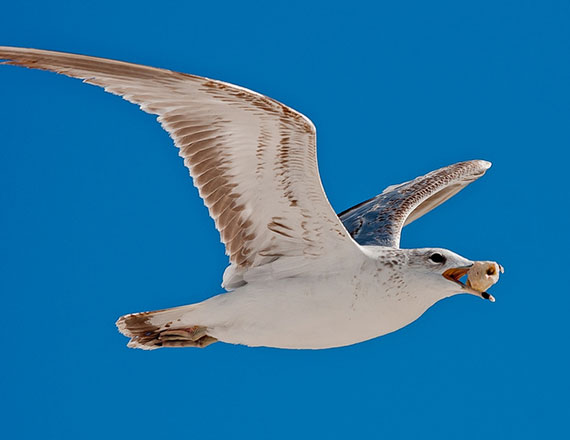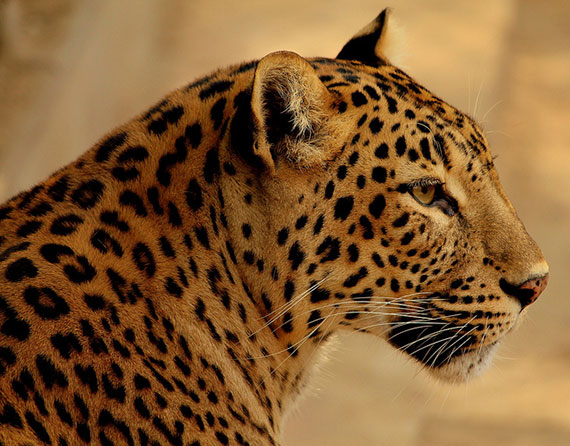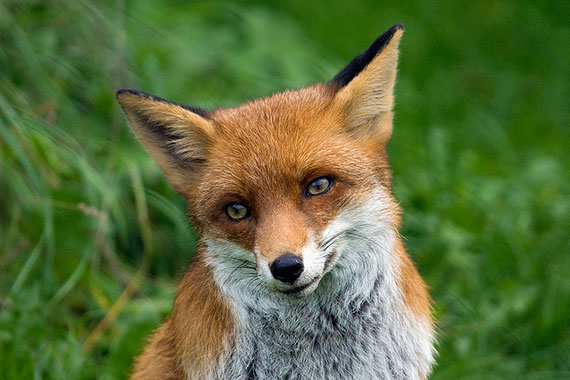Wildlife photography inspires professional and amateur photographers alike. The possibilities of our natural world provide an endless source of fascination.
Choosing a good subject for a wildlife photo is never difficult. The variety of characters in the animal kingdom provides a never-ending source of material. Even better, some of the best subjects can be found in the city, even in our own backyards. You don’t have to be an intrepid world traveler to enjoy a satisfying hobby as a wildlife photographer.

Photo by Ricardo’s Photography; ISO 200, f/5.6, 1/20000-second exposure.
It can be a real challenge to capture a natural looking photo in a suburban setting. If you can eliminate any man-made distractions from your photo, you can create the illusion of an image captured in a totally natural environment.
A bad background can really spoil the impact of a good wildlife subject, but how do we avoid it? Of course these days there are plenty of people who would just edit it out using a computer, but (believe it or not) most people still prefer to rely on their camera skills rather than on software.
Simple Tips to Help You Eliminate a Bad Background
Position yourself to find the best angle to take your photo.
Imagine you are trying to photograph a bird in a tree. From one angle, you might be able to see power lines or the roof of the house in the background. If you move to a better angle, you may be able to capture the green foliage of the tree as your background instead.
This may seem obvious, but one reason so many photos fail is because the photographer doesn’t bother to make this small extra effort.

Photo by Ali Arsh; ISO 400, f/5.6, 1/00-second exposure.
Reduce the amount of background that is visible in your photo.
This can be as simple as getting as close as possible to the subject and using your largest lens. This is a very easy technique. Moving closer ensures the subject fills as much of the frame as possible. Your largest lens (or the largest zoom on your lens) narrows the field of view in a photo so that the focus in on the subject, not on the surroundings.
The extra advantage of a telephoto lens is that it has a naturally small depth of field. This means while your subject is in focus, everything in front and behind is a blur. So not only does the telephoto lens reduce the amount of background that is visible in your photo, what you can see should be completely out of focus.
Open the aperture as wide as possible.
This is simple photography theory; a wide aperture produces a narrow depth of field. So if you are already using a large lens, and you add a narrow aperture as well, you reduce your depth of field to its absolute minimum. Now you should be able to produce an almost three dimensional image, with your sharply focused subject emerging from a totally out-of-focus background.
As you can see from the simplicity of these guidelines, it is easy to reduce the distraction of an unattractive background. It doesn’t take fancy equipment or a diploma in photography. All it takes is a little extra effort, and understanding how to use the camera you have.

Photo by hehaden; ISO 800, f/5.6, 1/1000-second exposure.
Now consider all the situations where these tips can improve your photos. When taking photos in your backyard, at the zoo, or out in the street, you can use these simple methods to create the illusion that they were taken in the wild. Even if your background is not that ugly, it can provide a distraction from the main subject. By putting the background out of focus, it becomes a soft palette of colour that makes the subject really stand out.
Best of all, these are techniques you can try today—so happy snapping!
About the Author:
Andrew Goodall writes for https://naturesimage.com.au/ and is a nature photographer based in Australia. He manages a gallery in Montville full of landscape photography from throughout Australia.
Like This Article?
Don't Miss The Next One!
Join over 100,000 photographers of all experience levels who receive our free photography tips and articles to stay current:






Leave a Reply